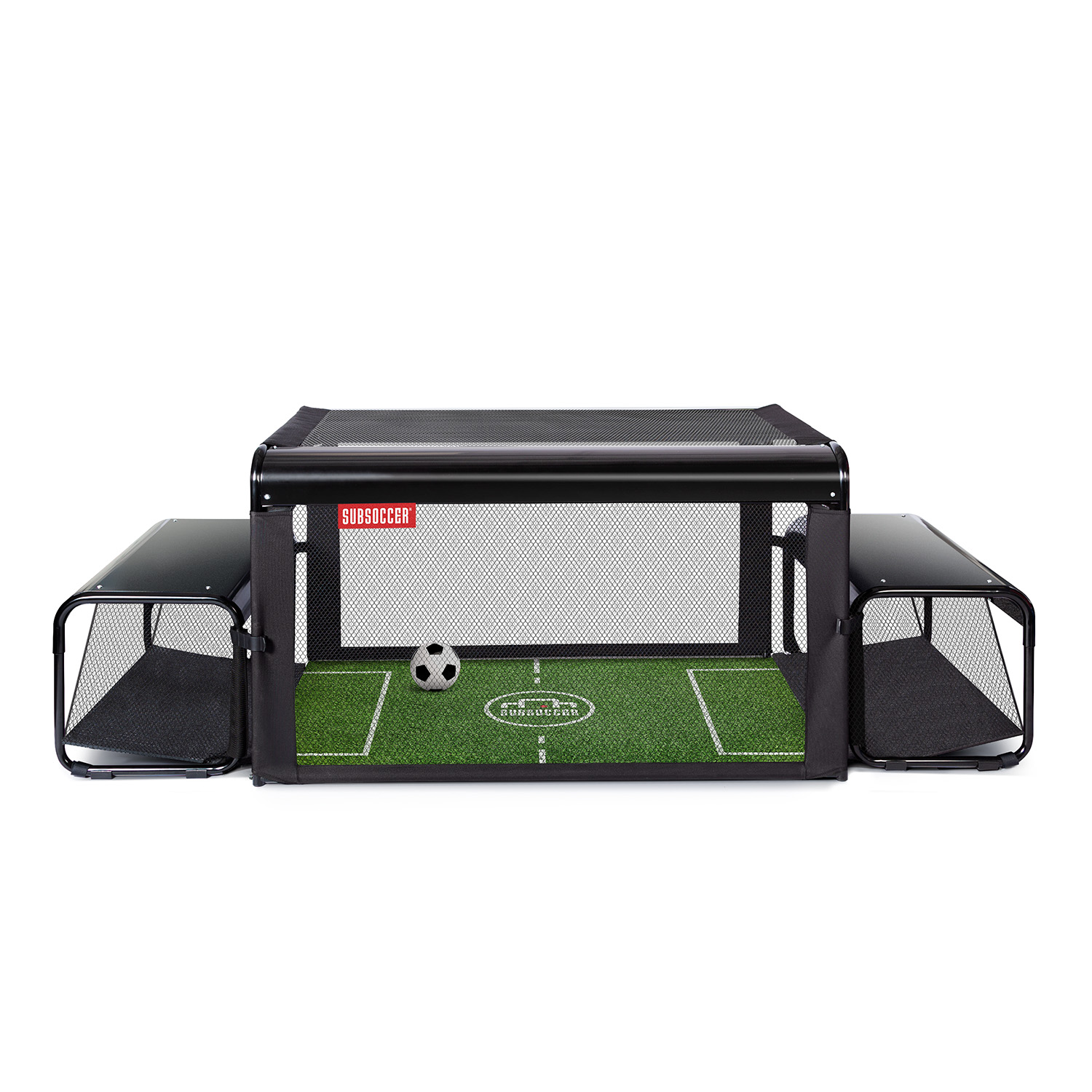Introduction
Planning an exhibition is a multifaceted task that requires careful consideration and strategic execution. Whether you are a seasoned event organiser or a first-time exhibitor, this comprehensive guide will equip you with the knowledge and insights needed to plan and execute a successful exhibition.
Setting Objectives and Goals
Before diving into the logistics of planning your exhibition, it's crucial to define clear objectives and goals. What do you aim to achieve through this exhibition? Whether it's generating leads, increasing brand awareness, or fostering industry connections, setting specific and measurable goals will provide a framework for all your planning efforts.
Understanding Your Audience
Knowing your target audience is fundamental to designing an exhibition that resonates with attendees. Conduct thorough research to understand the demographics, interests, and pain points of your audience. This insight will inform decisions related to booth design, promotional activities, and the overall experience you aim to deliver.
Selecting the Right Venue
The choice of venue can significantly impact the success of your exhibition. Consider factors such as location accessibility, foot traffic, and the overall ambiance of the venue. Additionally, ensure that the space aligns with your brand image and provides ample opportunities for engagement and interaction with attendees.
Crafting a Compelling Booth Design
Your exhibition booth serves as the physical embodiment of your brand during the event. Create a visually appealing and interactive booth design that captivates attendees and effectively communicates your brand message. Incorporate elements that encourage engagement and facilitate meaningful conversations with visitors.
Effective promotion is essential for driving attendance and creating buzz around your exhibition. Leverage a mix of online and offline promotional channels, including social media, email marketing, and targeted advertisements. Consider offering incentives such as exclusive previews or contests to generate excitement and anticipation.
Staff Training and Preparation
Your exhibition staff play a pivotal role in representing your brand and engaging with attendees. Provide comprehensive training to ensure that they are well-versed in your products or services, equipped to handle inquiries, and adept at fostering meaningful connections with visitors.
Leveraging Technology
Incorporating technology into your exhibition can enhance the overall experience for attendees and streamline various processes. Consider integrating interactive displays, digital presentations, or virtual reality experiences to create a memorable and immersive environment that sets your exhibition apart.
Post-Exhibition Evaluation
After the exhibition concludes, take the time to evaluate the success of your efforts against the predefined goals. Analyse metrics such as lead generation, attendee engagement, and overall feedback to identify areas of improvement and gather insights for future exhibitions.
Conclusion
Planning an exhibition demands meticulous attention to detail and a strategic approach to deliver a compelling and memorable experience for attendees. By aligning your objectives, understanding your audience, and executing thoughtful strategies, you can elevate the impact of your exhibition and achieve your desired outcomes.



<< Return to news